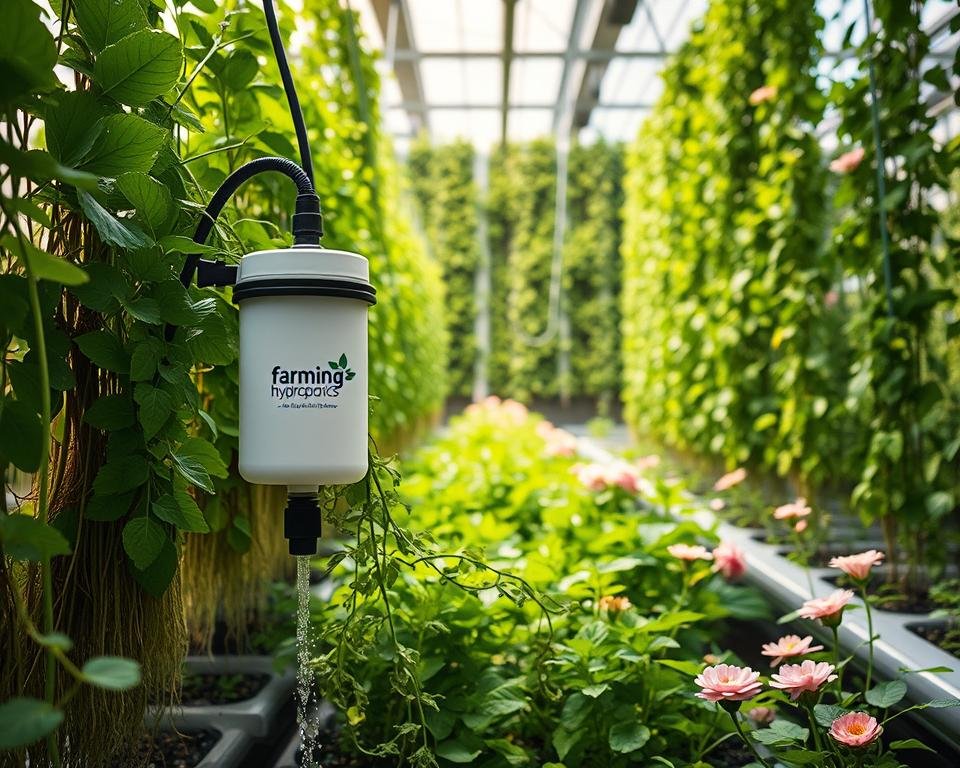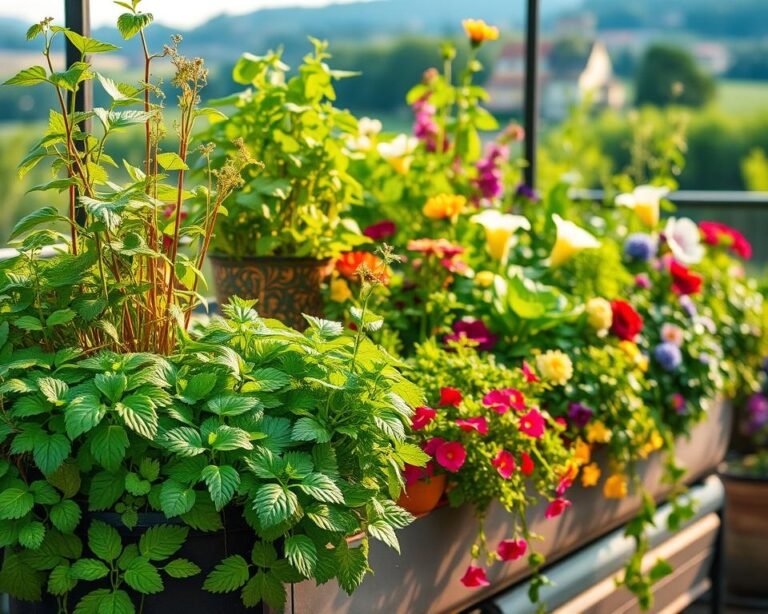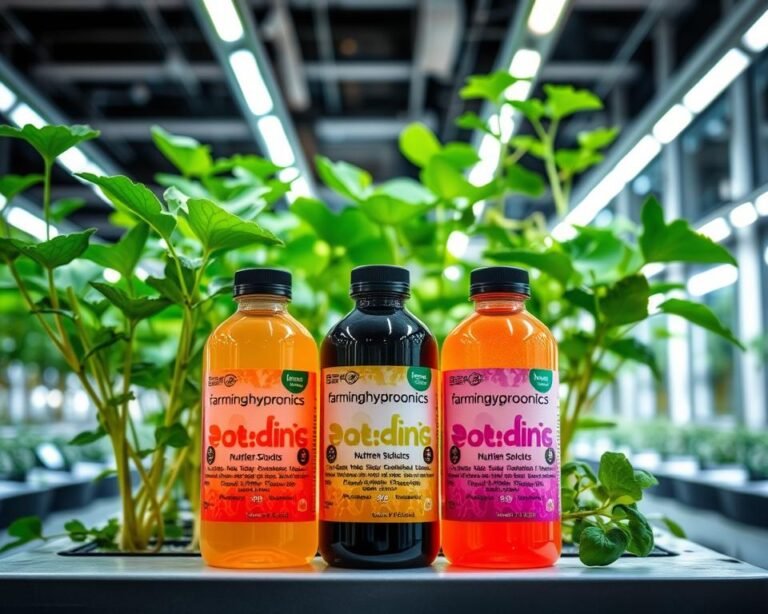Garden Fertilizers for Thriving Vertical Gardens
Imagine transforming a blank wall into a lush, living tapestry. For city dwellers with limited space, vertical gardens offer the perfect solution—and choosing the right garden fertilizers is the secret to making those green walls flourish.
Vertical gardens pack dozens of plants into tight quarters, but that density comes with unique nutritional demands. The correct garden fertilizers ensure every pocket receives balanced nutrients, promoting vigorous growth, vibrant foliage, and continuous blooms.
Unlike ground beds, vertical setups rely on carefully managed feeding schedules. By tailoring garden fertilizers to each plant section, you’ll keep roots healthy, maximise yields, and turn your vertical garden into the show‑stopping centerpiece of your home.
Key Takeaways
- Vertical gardens maximize limited space for plant growth
- Specialized fertilizers are essential for optimal plant nutrition
- Nutrient management differs from traditional ground gardening
- Proper fertilization ensures healthy, vibrant plant growth
- Vertical gardens offer innovative solutions for urban plant cultivation
Understanding Vertical Garden Nutrition Basics
Vertical gardening changes how we grow plants in cities. It offers new ways to feed plants in small spaces. Knowing what plants need in these systems is key to success.
Indoor vertical gardens face special challenges. They need careful handling of nutrients and soil. Using organic methods is also important.
Essential Nutrients for Plant Growth
Plants need a balanced mix of nutrients to grow well. The main nutrients are:
- Nitrogen (N): Helps leaves and stems grow
- Phosphorus (P): Supports roots and flowers
- Potassium (K): Keeps plants healthy and strong
Understanding NPK Ratios
Fertilizers show NPK ratios on their labels. A 10-10-10 fertilizer has equal amounts of nitrogen, phosphorus, and potassium.
| Nutrient | Function | Vertical Garden Impact |
|---|---|---|
| Nitrogen | Leaf Growth | Promotes Foliage Development |
| Phosphorus | Root Strength | Supports Structural Integrity |
| Potassium | Overall Health | Enhances Stress Resistance |
Soil Requirements for Vertical Systems
Vertical gardens need special soil to feed plants well. Lightweight, well-draining media are essential. You can use:
- Coconut coir
- Perlite
- Vermiculite
- Composted organic matter
“Successful vertical gardening is 50% nutrition, 50% strategic planning” – Urban Gardening Expert
Learning about these basics helps you grow great vertical gardens. You’ll make the most of small spaces with smart nutrition plans.
Garden Fertilizers: Types and Components
Choosing the right fertilizers can make your vertical garden flourish. There are many types of fertilizers, each with its own benefits. Knowing which one is best for your garden is key.
Fertilizers are mainly organic or synthetic. Organic fertilizers like compost and manure give slow-release nutrients. They also improve soil structure over time. These natural options help keep your garden healthy for the long term.
Fertilizer Components Breakdown
- Organic fertilizers: Derived from natural sources like plant and animal waste
- Synthetic fertilizers: Chemically manufactured for quick nutrient delivery
- Compost: Nutrient-rich decomposed organic matter
- Manure: Animal waste providing essential nutrients
| Fertilizer Type | Nutrient Release | Soil Impact |
|---|---|---|
| Organic Fertilizers | Slow and steady | Improves soil structure |
| Synthetic Fertilizers | Quick and immediate | Provides instant nutrients |
“The health of your vertical garden begins with understanding the nutrients your plants crave.” – Garden Experts
When picking fertilizers, look at the NPK ratio. This shows the amount of nitrogen, phosphorus, and potassium. For vertical gardens, using both organic and synthetic fertilizers can give your plants everything they need.
Remember, sustainable fertilizing practices mean using fertilizers wisely. Know what your plants need. Test your soil every 3-4 years to make the best choices for your vertical garden.
Organic vs Synthetic Fertilizers for Vertical Gardens
Choosing the right fertilizer is key to a successful vertical garden. Organic and synthetic fertilizers have different impacts on your garden. Knowing the differences helps you pick the best eco-friendly option.
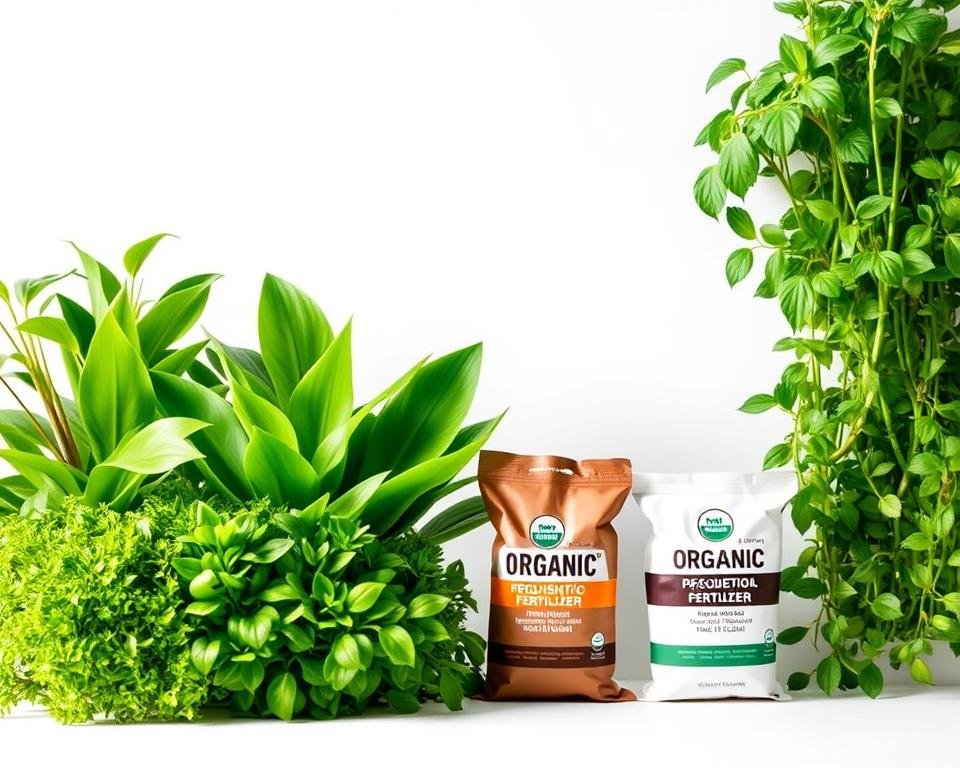
For sustainable gardening, understanding fertilizers is essential. We’ll look at what to consider for your vertical garden’s needs.
Benefits of Organic Fertilizers
Organic fertilizers bring many benefits to your garden:
- Improve soil structure naturally
- Enhance microbial activity
- Release nutrients slowly
- Reduce risk of nutrient burn
“Healthy soil is the foundation of a thriving garden” – Sustainable Gardening Experts
When to Use Synthetic Fertilizers
Synthetic fertilizers have their uses:
- Quick nutrient delivery for struggling plants
- Precise nutrient control
- Immediate plant recovery situations
- Targeted nutrient supplementation
Environmental Impact Considerations
Your choice of fertilizer affects the environment. Organic fertilizers support soil life and prevent pollution. A 2022 study found organic fertilizers can boost crop yields by 20% while keeping the environment balanced.
Synthetic fertilizers might work fast but can harm soil and water. Using them wisely and balancing them with organic options is crucial for a sustainable garden.
Seasonal Fertilization Strategy for Vertical Gardens
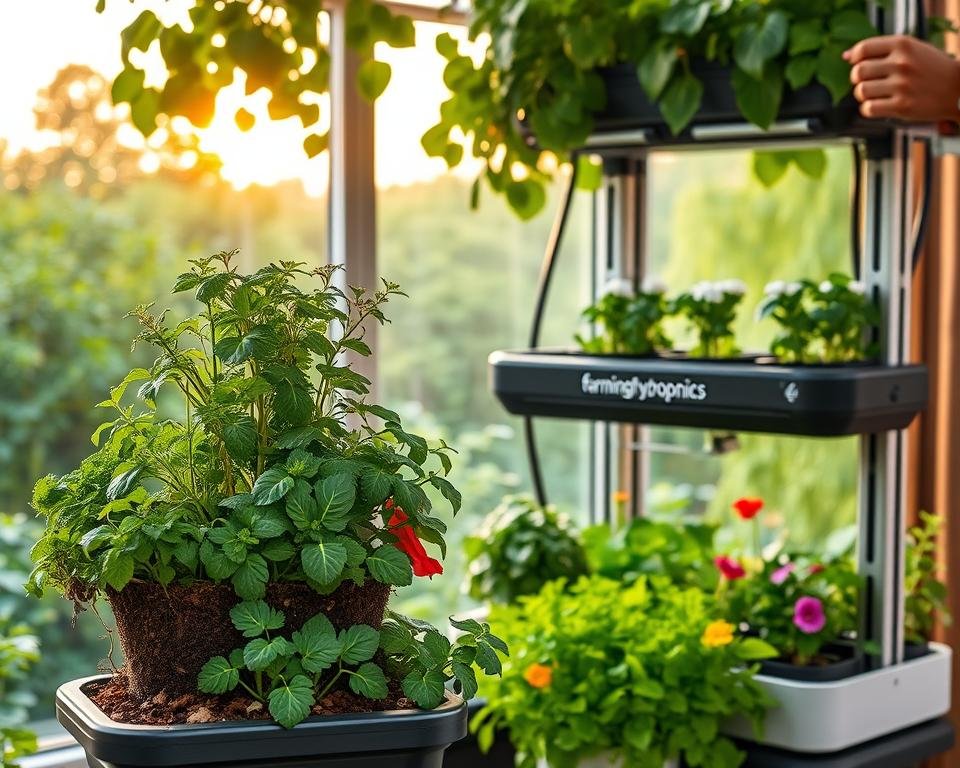
To keep your vertical garden healthy, you need to know how plants eat throughout the year. Each season has its own needs for nutrients. This helps plants grow strong and healthy.
Adjust your fertilizing plan to match your plants’ needs and growth stages. Here’s a detailed guide to keep your plants well-fed:
- Spring Fertilization: Start with fertilizers high in nitrogen to help plants grow leaves.
- Summer Maintenance: Use balanced fertilizers every 6-8 weeks to help plants grow at their best.
- Fall Preparation: Switch to fertilizers with less nitrogen and more potassium to build strong roots.
- Winter Care: Cut back on fertilizing and use half-strength liquid nutrients for indoor gardens.
Every plant is different, so they need different foods. Leafy greens need more nitrogen, while flowers need more phosphorus.
“Successful vertical gardening is about understanding your plants’ seasonal nutritional needs and adapting.”
Testing your soil regularly is key. It shows you what nutrients are missing and if the soil’s pH is right. This helps avoid problems that could hurt your garden.
Pro tip: Organic mulch helps keep soil moist and holds onto nutrients. It’s a great way to support your fertilizing plan.
Application Techniques and Best Practices
Mastering nutrient management is key for your vertical garden’s growth. Knowing the right application techniques can make your garden stand out.
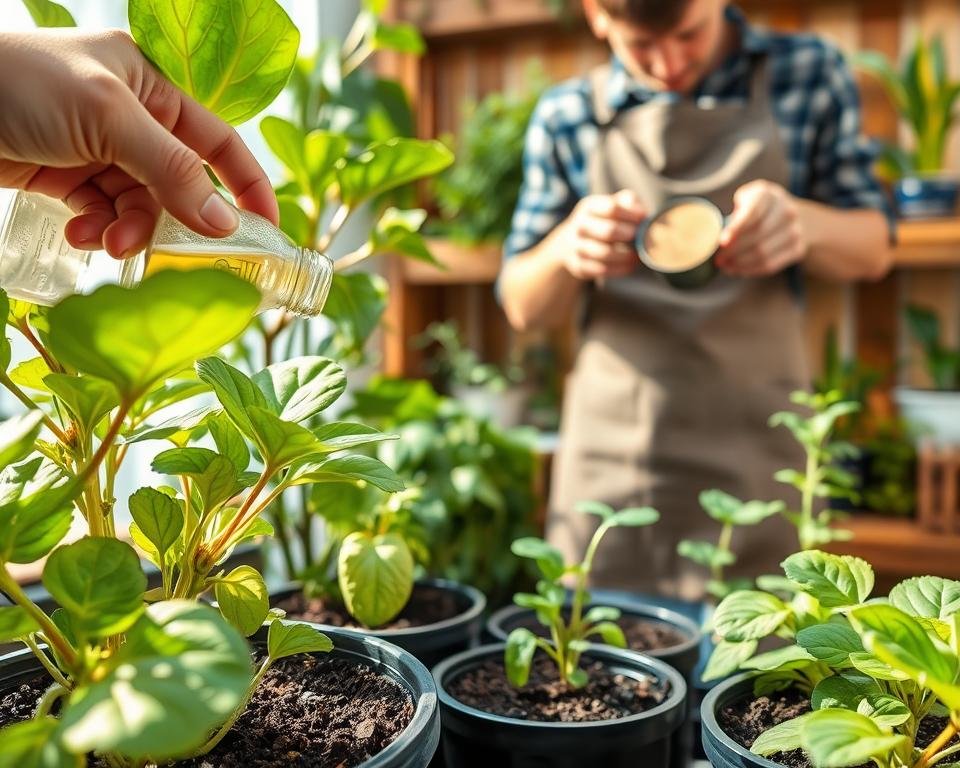
Fertilizer application needs precision and thought. Your garden’s health depends on the right nutrient delivery strategies.
Proper Dosage Guidelines
Finding the right fertilizer dosage involves several important factors:
- Always follow the manufacturer’s instructions carefully
- Do soil tests to find out what nutrients your garden needs
- Calculate how much fertilizer to use based on your garden’s size
“Precision in fertilization is the key to unlocking your vertical garden’s full potential.”
Watering and Fertilizing Schedule
| Plant Type | Nitrogen Application | Fertilization Frequency |
|---|---|---|
| Heavy Feeders | 0.2 lbs per 100 sq ft | Every 4-6 weeks |
| Moderate Feeders | 0.1 lbs per 100 sq ft | Every 6-8 weeks |
| Light Feeders | 0.05 lbs per 100 sq ft | Every 8-10 weeks |
Common Application Mistakes to Avoid
To manage nutrients well, avoid these mistakes:
- Don’t over-fertilize, as it can harm plant roots
- Avoid fertilizing during extreme heat or drought
- Make sure to water after fertilizing
- Don’t fertilize before heavy rain
Understanding these application techniques is crucial for your vertical garden’s success. With careful nutrient management, you’ll have a lush, thriving garden.
Specialized Fertilizers for Different Plant Types
To make your vertical garden thrive, you need to know what each plant needs. Not every plant is the same, and they don’t all need the same food. Knowing this can really help your garden grow strong and healthy.
Different plants need different kinds of nutrients:
- Vegetables need high-nitrogen fertilizers when they’re growing fast
- Flowers need more phosphorus to bloom well
- Leafy greens like spinach and lettuce need a steady flow of nitrogen
- Fruit trees and bushes need potassium to grow fruit
About 70% of gardeners start with nitrogen-rich fertilizers for their veggies. When picking fertilizers, keep these tips in mind:
“The right fertilizer can transform your vertical garden from surviving to thriving.” – Garden Nutrition Expert
For veggies, use a lot of nitrogen at the beginning to help them grow. Then, switch to phosphorus when they start to flower. Organic fertilizers are popular among 60% of gardeners who care about the environment. They’re great for plants like orchids and roses.
Success in your vertical garden comes from giving each plant what it needs. Using slow-release fertilizers can boost veggie yields by 20-30% if used right.
- Nitrogen: Helps leaves grow
- Phosphorus: Good for roots and flowers
- Potassium: Keeps plants healthy overall
Every stage of a plant’s life needs careful thought when it comes to fertilizing. By understanding and using the right nutrients, you’ll have a lively and fruitful vertical garden.
Conclusion
Your journey into vertical garden fertilization shows the importance of balancing plant nutrition and caring for the environment. Sustainable gardening is more than just growing plants. It’s about creating a healthy ecosystem with little harm to nature. By learning about nutrients, you can make your vertical garden healthy and space-efficient.
Success in vertical garden management comes from knowing how to use nutrients well. Soil tests, picking the right fertilizer, and timing are key. Di ammonium phosphate (DAP) is a great choice because it has 18% nitrogen and 46% phosphorus. This helps plants grow strong without harming the garden’s balance.
Sustainable gardening is a journey of learning. Whether you use organic or synthetic fertilizers, the aim is the same: help plants grow while protecting the environment. By using slow-release fertilizers, knowing nutrient ratios, and applying them carefully, you’ll create a garden that’s not only beautiful but also good for the planet.
Your dedication to learning about plant nutrition turns your vertical garden into a vibrant, connected system. Use your knowledge, try new things, and watch your garden grow with purpose and care.

